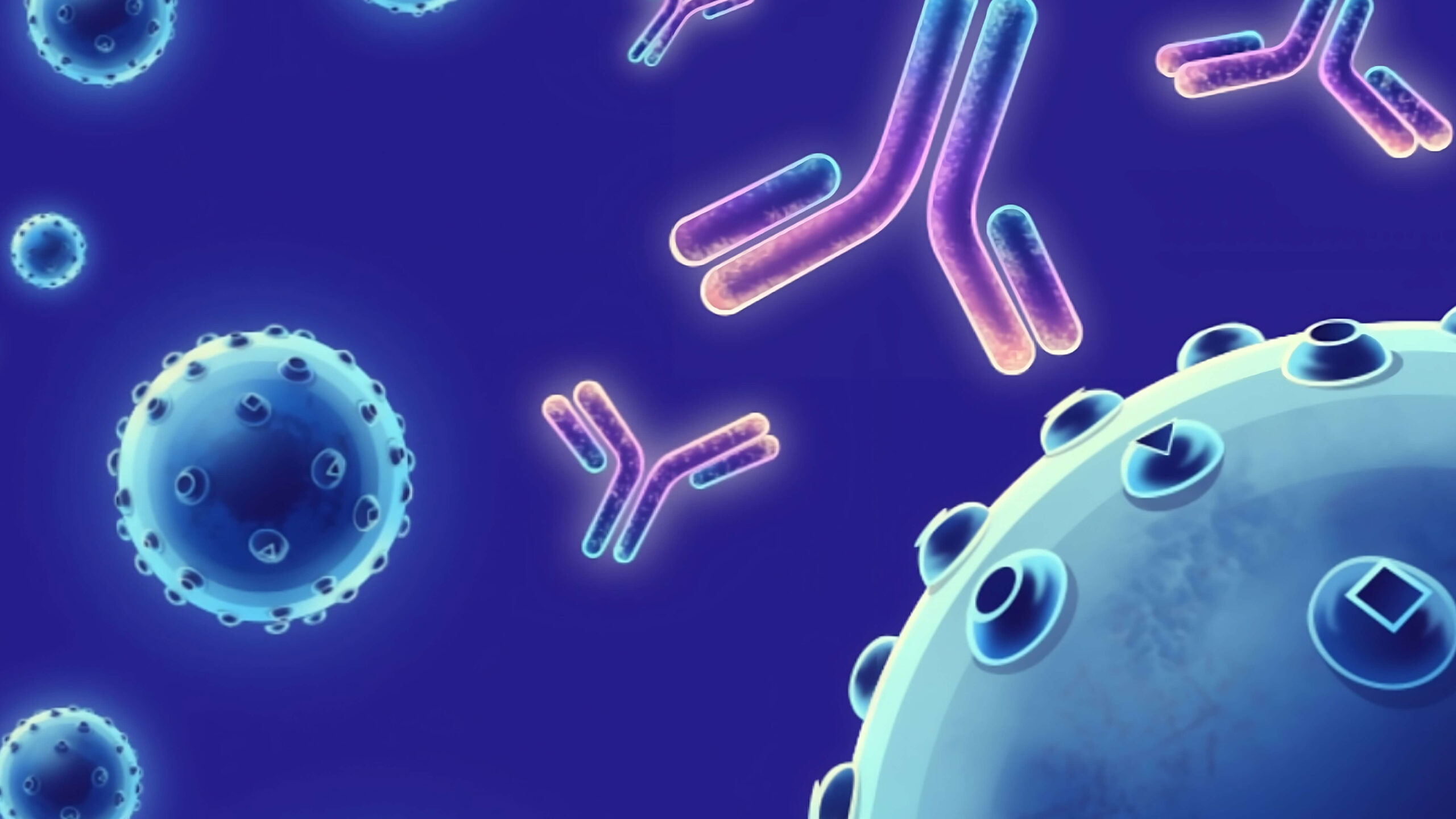Description
The very low density lipoprotein receptor, known as VLDLR, is a single-pass type 1 integral membrance protein and a member of the LDL receptor family. This receptor family includes LDL receptor, LRP, megalin, VLDLR and ApoER2, and is characterized by a cluster of cysteine-rich class A repeats, epidermal growth factor (EGF)-like repeats, YWTD repeats and an O-linked sugar sdomain. VLDLR contains 3 EGF-like domains, 8 LDL-receptor class A domains, as well as 6 LDL-receptor class B repeats, and is abundant in heart, skeletal muscle, also ovary and kidney, but not in liver. VLDLR binds VLDL and transports it into cells by endocytosis. In order to be internalized, the receptor-ligand complexes must first cluster into clathrin-coated pits. VLDLR mediates the phosphorylation of mDab1 (mammalian disabled protein) via binding to Reelin, and induces the modulation of Tau phosphorylation. This pathway regulates the migration of neurons along with the radial glial fiber network during brain development. Defects of VLDLR may be the cause of VLDLR-associated cerebellar hypoplasia (VLDLRCH), a syndrome characterized by moderate-to-profound mental retardation, delayed ambulation, and predominantly truncal ataxia.
Target
VLDLR
Target Alias Names
CAMRQ1, CARMQ1, CHRMQ1, VLDLRCH
Isotype/Mimetic
Rabbit IgG
Animal-Derived Biomaterials Used
No
Sequence Available
No
Original Discovery Method
Phage display technology
Antibody/Binder Origins
Animal-dependent discovery (in vitro display, OR immunisation pre-2020), In vitro recombinant expression

